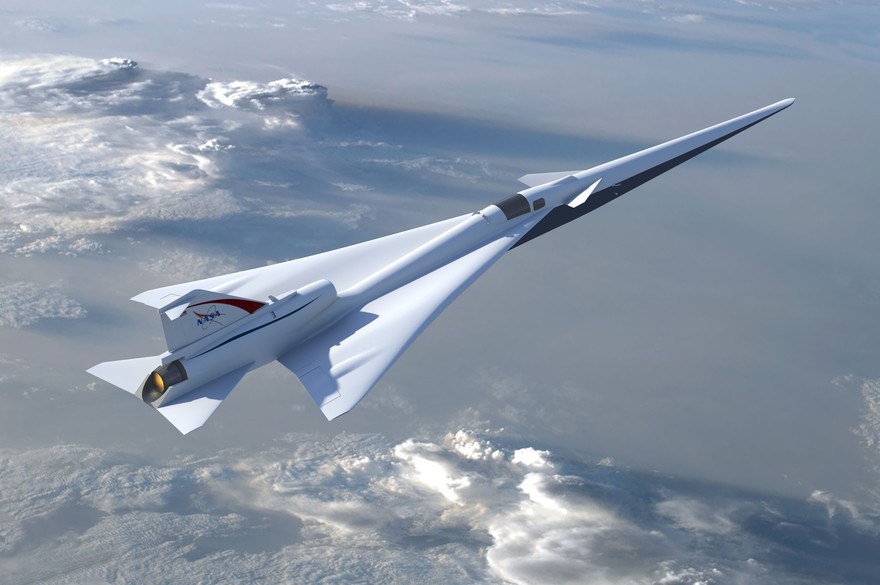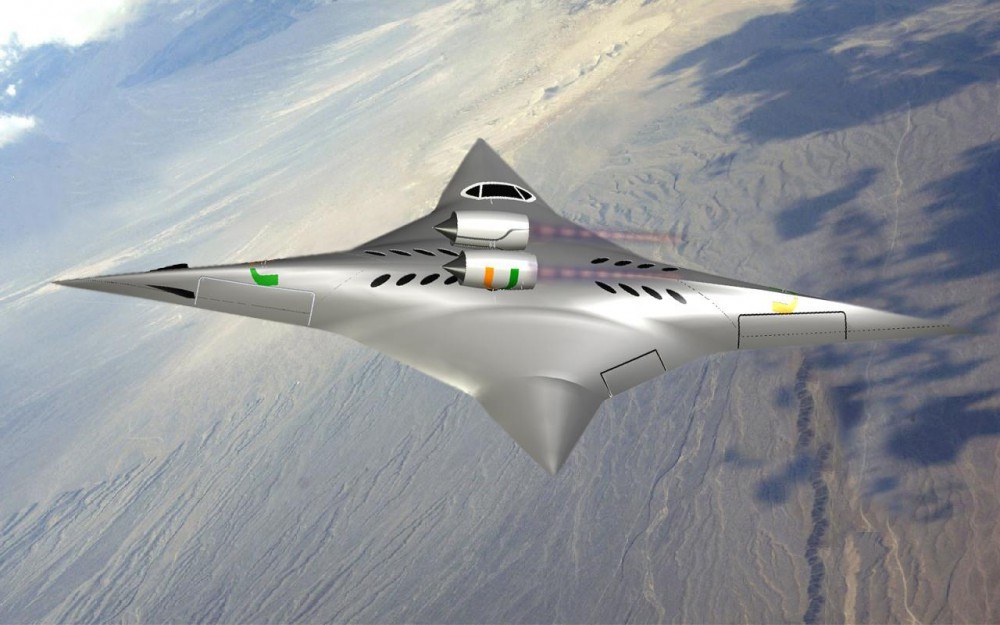Luxury flights faster than sound: an American start-up hopes to revive the flame of supersonic commercial flights 50 years after the first flight of the unfortunate Concorde.
 Blake Scholl, former Amazon employee and now co-founder of Boom Supersonic, made the promise this week in front of a fully restored Concorde at the Brooklands Museum of Aviation and Engines in Weybridge, South West London.
Blake Scholl, former Amazon employee and now co-founder of Boom Supersonic, made the promise this week in front of a fully restored Concorde at the Brooklands Museum of Aviation and Engines in Weybridge, South West London.
Boom Supersonic is supported by Virgin founder Richard Branson, among others, while the airline Japan Airlines and other big names in the aviation industry are targeting the same niche.
The company hopes to manufacture and fly a prototype aircraft, the Baby Boom, next year, even if its projects sometimes arouse scepticism.
« The Concorde story is the story of a journey that began but never ended – and we want to take it back, » says Scholl.
« At Boom, we are inspired by what was accomplished half a century ago. »
– ‘Very unattractive’ –
« Our aim is to build a faster and more accessible aircraft for as many people as possible, for all those who fly, » Scholl told an audience including former Concorde employees.
Boom Supersonic hopes to produce its new jet aircraft as soon as possible from the middle of the next decade, with the aim of halving travel times.
The proposed aircraft has a maximum flight range of some 8,300 kilometres, at a speed of Mach 2.2, or 2,335 kilometres per hour.
If it eventually took off, it would be the first supersonic passenger aircraft to fly since the last Concorde flight in 2003.
The Concorde, which has always struggled to find its public, had been withdrawn from service following an accident in 2000, when a Concorde crashed shortly after taking off from Paris, killing 113 people.
However, some analysts remain doubtful about attempts to revive supersonic flights.
« Supersonic flights are not what passengers and airlines want, » explains Strategic Aero analyst Saj Ahmed, recalling that many travellers prefer low-cost carriers.
According to Ahmed, supersonic aircraft are « very unattractive » because of high initial development costs, noise pollution concerns and high prices, as well as limited passenger capacity.
No obvious market
John Strickland, an independent aviation consultant, points out that there is no obvious market for supersonic aircraft.
 « Traffic for business would, at first sight, be the most profitable for supersonic trips, » he explains to AFP. « But if there ever is a downturn in the economy or something else that would reduce the business class travel market, there would be nothing left to do with these planes. »
« Traffic for business would, at first sight, be the most profitable for supersonic trips, » he explains to AFP. « But if there ever is a downturn in the economy or something else that would reduce the business class travel market, there would be nothing left to do with these planes. »
« I think we will still have to wait to see if this project succeeds in creating an important and profitable market, something that Concorde has never been able to do ».
These fears have not prevented the interest of other players in the sector from growing.
The American aerospace giant Boeing unveiled last month its « hypersonic » airliner concept, which it hopes to fly at Mach 5 – five times the speed of sound – for possible commissioning in 20 or 30 years.
In April, NASA signed an agreement with the other American giant, Lockheed Martin, to develop a supersonic « Avion-X ».